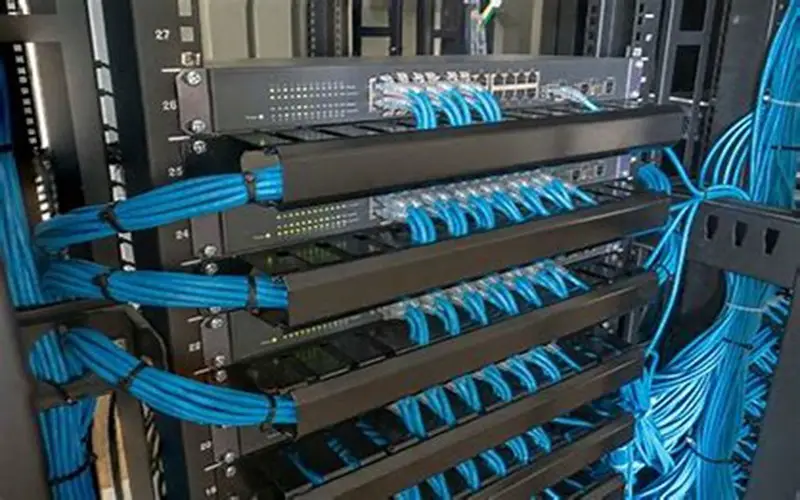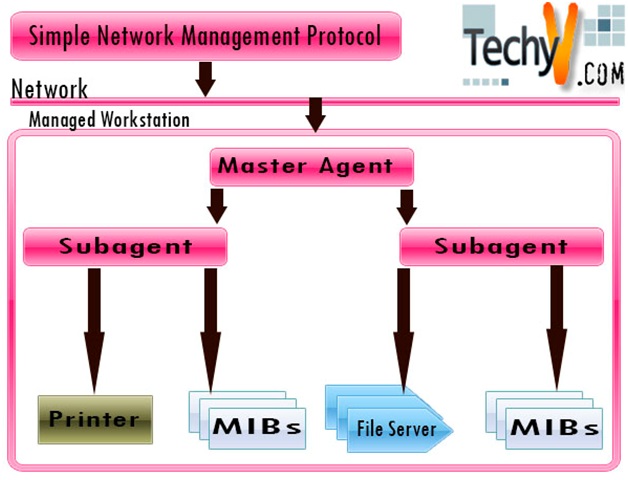Humans have made evolutions in their lives over the last 2000 years and tried to find everything new. Over the past 2000 years, Man has made great progress in discoveries and discovered something new like light, electronic machines, telephones, etc. In 1961, a scientist proposed the term computer network. A computer network refers to a network that can be used to exchange or send information between two data points. Computer networks are highly essential for globalization in Information technology.
It is one of the major factors for the rise in information technology. Across the world, there is a huge popularity for computer networks by the year 1980. At present, every individual needs a network to connect between two devices. The network connects two devices by a cable or wireless. Today, to use computer networks, we should have a basic idea of what this network consists of and what components it has? Computer networks use a lot of components to establish a relationship between two computer systems.
Network Components Consist Of Two Types:
Active Network Components
Active networks are a type of network that works actively with signals. It allows for dynamic modification of the packet passing through a telecommunication network and controls the behavior of the node. It constantly sends and receives the data by ensuring the data to reach correctly with its highest quality to a receiver. It can transmit data over a long distance. It is highly expensive and needs to be maintained well. Most large business sectors, universities, and government sectors use active networks. Under active network company we have many components. Let us see some of the components:
1. Hub
A hub is a connection or network point used to establish the connection of devices in a network. It acts as the central component for all the devices connected to a network. It has a collision domain and a broadcast domain. It has many ports and helps in network monitoring, connectivity in organizations, and creating small home networks. The drawback of a hub is a switch is much cheaper and works effectively compared to it. Hub has no IP address and is considered a dumb device.
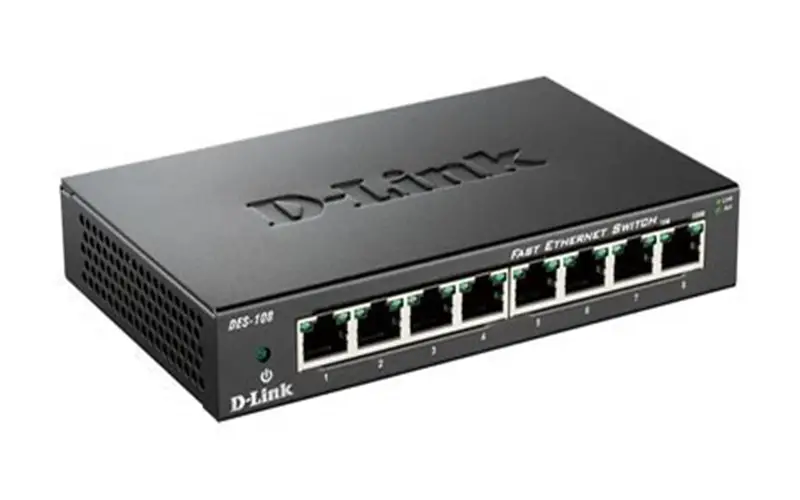
2. Switch
A switch is a device that helps in connecting networks through cables and changes the state of a connected device. It is also called a switching hub or bridging hub. It establishes a connection point for users at the edge of the network for connectivity by providing several ports and collision domains. The switch is cheaper and works effectively and can share information between multiple devices. A switch is an intelligent device and has an IP address.
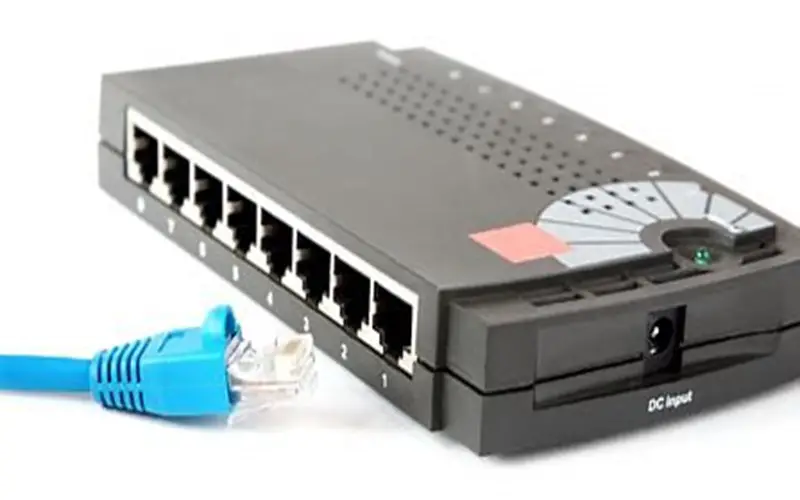
3. Router
A router is a device that helps in network connectivity. It checks and forwards every data packet between computer devices using IP addresses. It is an intelligent device, as it can calculate the best path to pass the network packets to its destination. As, It has different ports and provides high-speed internet connectivity. A router works better compared to a hub or switch. Many organizations and universities use routers for internet connectivity as they transmit data over longer ranges by using multiple devices.
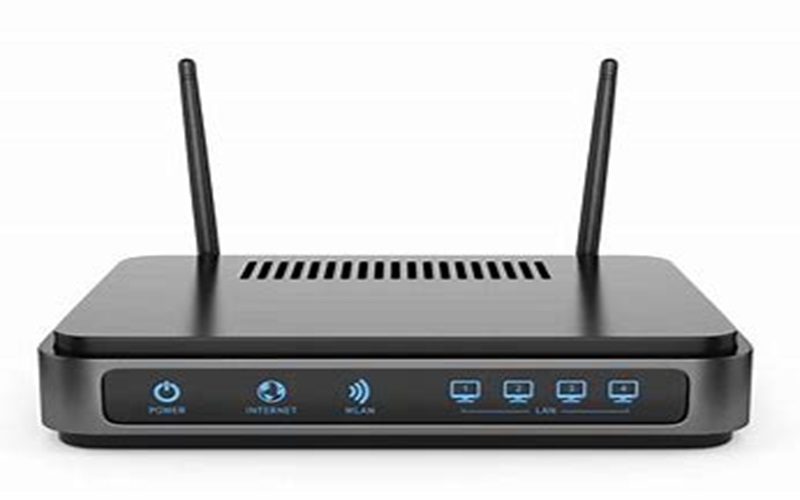
4. Server
A server is a device or a program used to receive and respond to requests made over a network. It receives a document from the client and sends back the information requested and known as the “client-server” model. It plays a role in web application and website hosting, printer connections, database services, and running office programs. In many places, servers are stored in a glass closet as it is expensive and uses specialized hardware only.
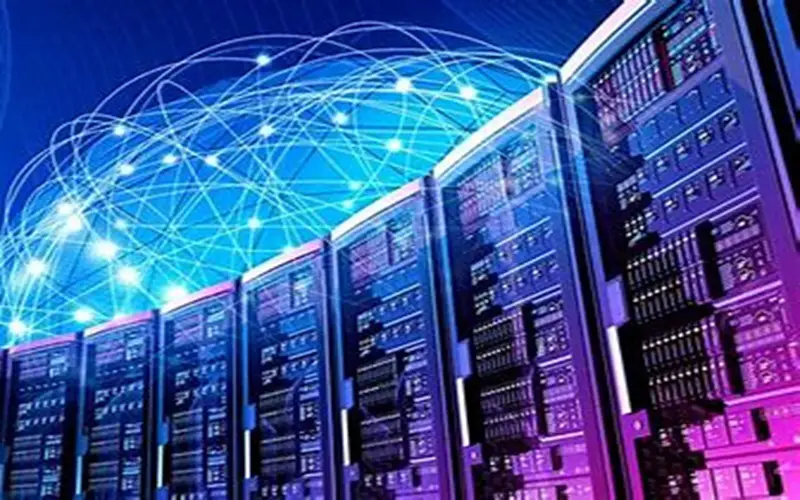
5. Proxy
A proxy is a server layer that acts as a protection layer on the internet. It accepts incoming requests from the client, checks the information, and forwards it to the destination server by acting as a gateway and having its IP address. It helps to protect and send the required information of the client and protects from malware and viruses by giving access to restricted information.
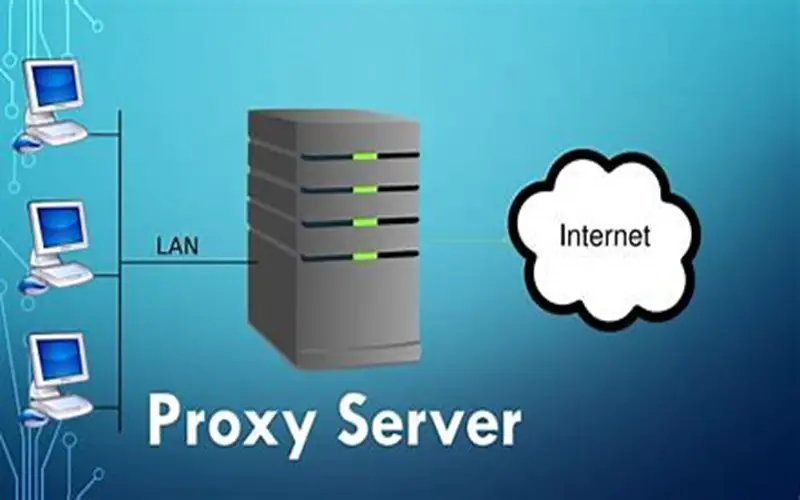
Passive Network Components
A passive network is a type of network that does not require any components to exchange information between two devices. It only receives the data and does not use any active components. A passive network is less complex when compared to an active network ,less expensive, and requires less maintenance. It cannot transmit data over longer distances, only for a limited range.
6. Cable
A cable is a wire used to connect one network to another network or devices by establishing a connection between two or more devices. It also helps in the transmission of electrical signals or power by allowing connections to printers and scanners and ethernet cable. Ethernet cables allows users to connect the cable to their computers or laptops with internet connectivity.
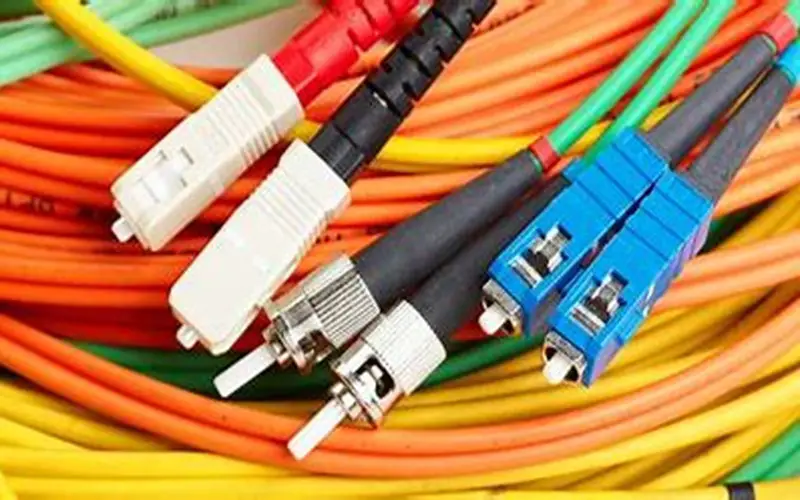
7. Junction Box
A junction box is a protective box present outside our houses where wires are interconnected , placed and protected in boxes inside a concrete wall to ensure the safety of environmental conditions and accidental contact by bridging the gap between two networks. It does not require any connectors to connect between ethernet cables. Junction boxes can be used in cases like IP rating, digital printing, hinged covers, and surface mounting hardware.
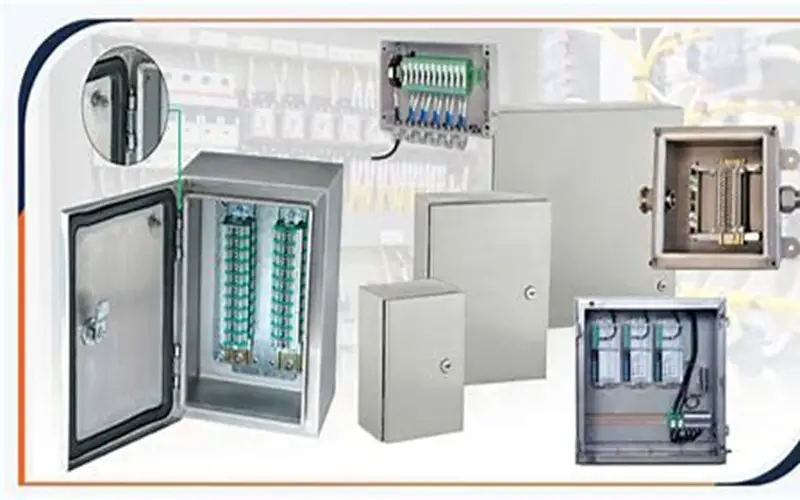
8. Connector
A connector is a device that stops a part of cable wires and provides a point of entry for devices. An example of a connector is a network interface card (NIC)that is used in ethernet cables. There are different types of connectors: Straight tip connectors, subscriber connectors, and lucent connectors. Each connector works for its required purpose and helps in joining two cables.
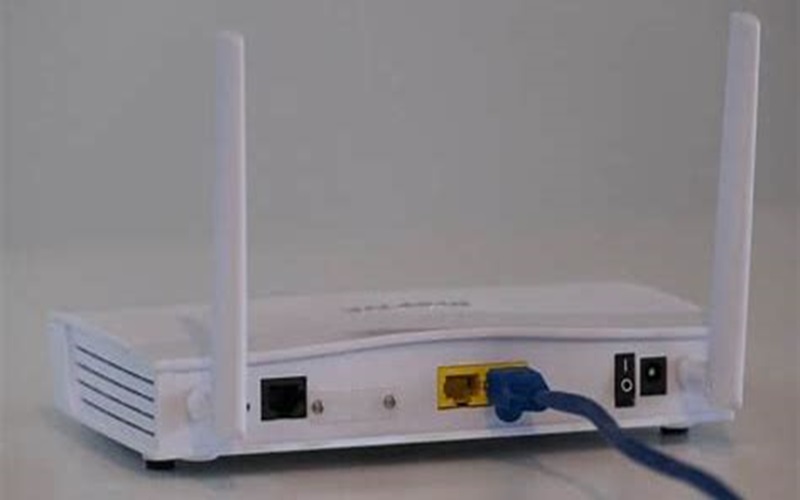
9. Patch Panel
A patch panel is a hardware component that contains various ports to connect ethernet cables and easy to manage. It helps in network connectivity by maintaining the complexity of devices. It has a central location where you can access many devices and helps in managing the cable wires, protocols, and applications.
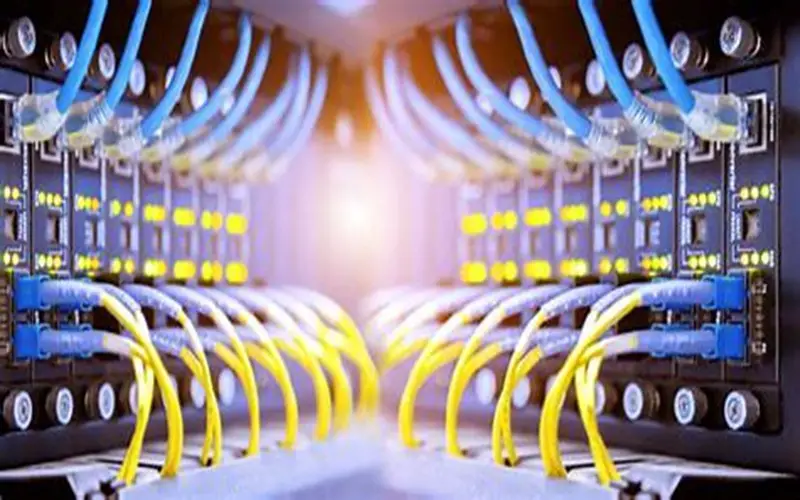
10. Network Cabinet
A network cabinet explains the combination of different hardware components used to arrange technical equipment in one place. It is also known as a server cabinet or a rack that holds all the network components like hubs, switches, panels, connectors, cables, etc. It is crucial in the IT infrastructure , as it is easy to maintain, provides security and cables organized.
